What Is a Glucose Sensor Cover?
How Does a Glucose Sensor Cover Work?
A glucose sensor cover is a sophisticated medical device that facilitates continuous monitoring of glucose levels through interstitial fluid just beneath the skin. This non-invasive technology employs a small sensor, positioned on the skin and secured by an adhesive cover. The sensor takes glucose level measurements at several-minute intervals, providing dynamic glucose profiles that aid users and healthcare providers in managing diabetes with greater precision.
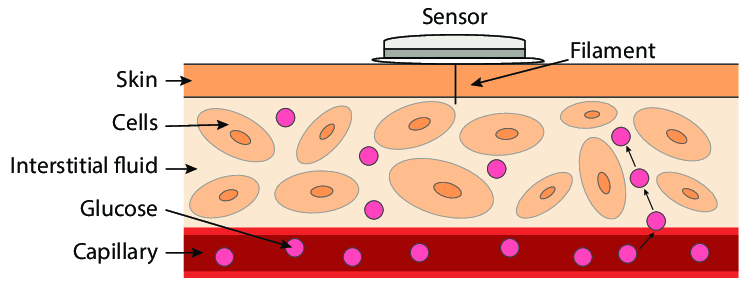
An explain of mechanism of CGM Sensor
Tracking glucose fluctuations throughout the day and night enables users to tailor their food intake, exercise, and medications based on real-time data, which aids in preventing both hyperglycemia and hypoglycemia, thereby reducing the risk of severe diabetes complications.
Recent studies, including those in Cureus, confirm that continuous glucose monitoring (CGM) systems, such as glucose sensor covers, substantially enhance glycemic control compared to traditional glucose monitoring methods. The data can also sync with smartphones or other digital devices, simplifying data management and healthcare professional communication.
Who Can Benefit from Using a Glucose Sensor Cover?
Glucose sensor covers are especially advantageous for individuals with Type 1 and Type 2 diabetes who require intensive insulin therapy. The continuous data from the covers guide more accurate adjustments in insulin doses, dietary choices, and physical activities.
Children and adolescents with diabetes benefit from CGM technologies as well, as detailed in the Diabetes and Metabolism Journal. This research discusses the psychological and quality-of-life enhancements observed in younger patients. Furthermore, pregnant women with gestational diabetes or pre-existing diabetes conditions can use these covers to maintain optimal glucose levels, ensuring the health of both mother and fetus.

CGM is beneficial to the mental health of younger patients/ Instagram@ExpressionMed
Preparing to Apply a Glucose Sensor Cover
Preparing the skin correctly before applying a glucose sensor cover ensures proper adhesion and optimal functionality. Start by selecting a hair-free, scar-free, and irritation-free site, commonly on the abdomen or upper arm, for most consistent readings as suggested by clinical guidelines.
The area should be cleaned with a mild, fragrance-free soap to remove any oils or residues that might prevent the cover from sticking effectively. Alcohol wipes may also be used to disinfect the area, but ensure the skin is completely dry to prevent irritation.
How Do You Choose the Best Site for Application?
For both comfort and data accuracy, rotate the application site with each new cover to prevent skin irritation and allow previous sites to heal. As suggested by physicists, areas with minimal movement during daily activities, such as the lower back or upper buttocks, might also be appropriate for some individuals, especially active ones or those engaged in physical labor or sports.
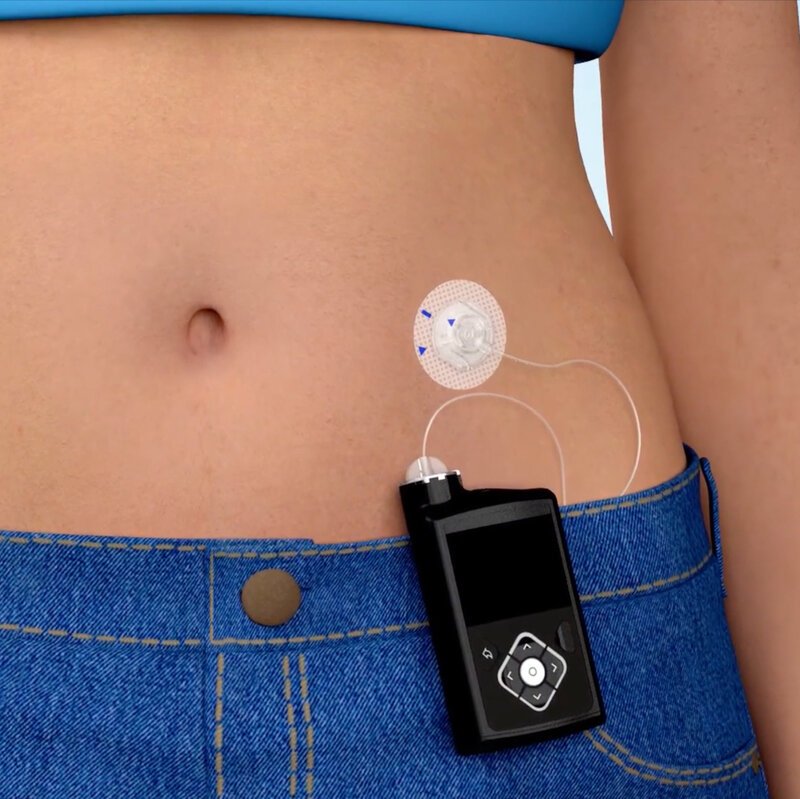
Abdomen is generally recommended for the site of CGM application
Additionally, avoid areas where the cover might be subjected to friction or pressure from clothing, belts, or lying positions, as this can dislodge the sensor or alter its readings. The choice of site should accommodate the individual’s lifestyle, body shape, and activity level to maintain the integrity of the cover and ensure accurate glucose readings.
Step-by-Step Guide to Applying a Glucose Sensor Cover
What Are the Best Practices for Skin Preparation?
Proper skin preparation is essential when applying a glucose sensor cover to maximize its effectiveness and longevity. After cleaning and drying the chosen area, consider applying a skin barrier film if sensitivity is a concern. This can protect against adhesive reactions without affecting the cover’s performance. This step is highly recommended for individuals with sensitive skin or those who have experienced adhesive dermatitis previously.
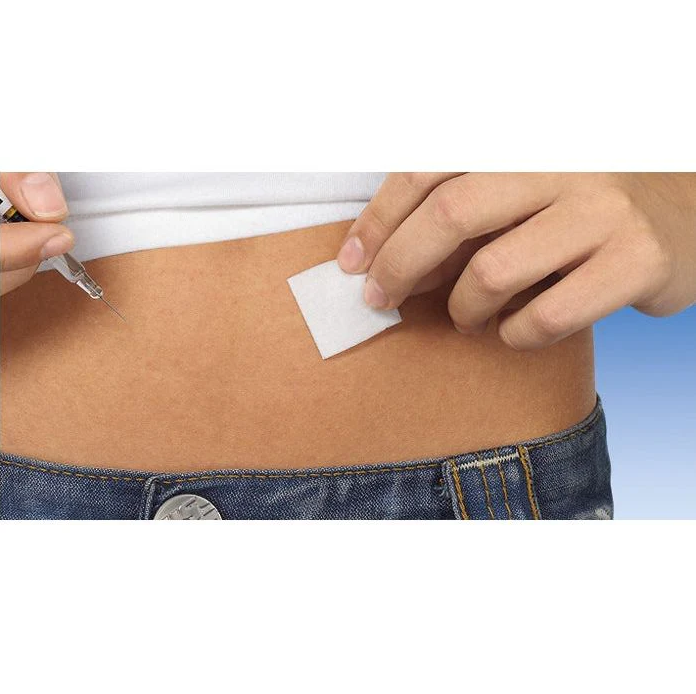
It is adviced to clean the skin for maximum performance of Glucose Sensor Cover.
Once the area is prepared, remove the backing from the sensor cover and apply it firmly to the skin without stretching the adhesive or sensor. Press around the edges to secure the bond and prevent any gaps that might allow moisture or dirt to compromise the sensor’s function.
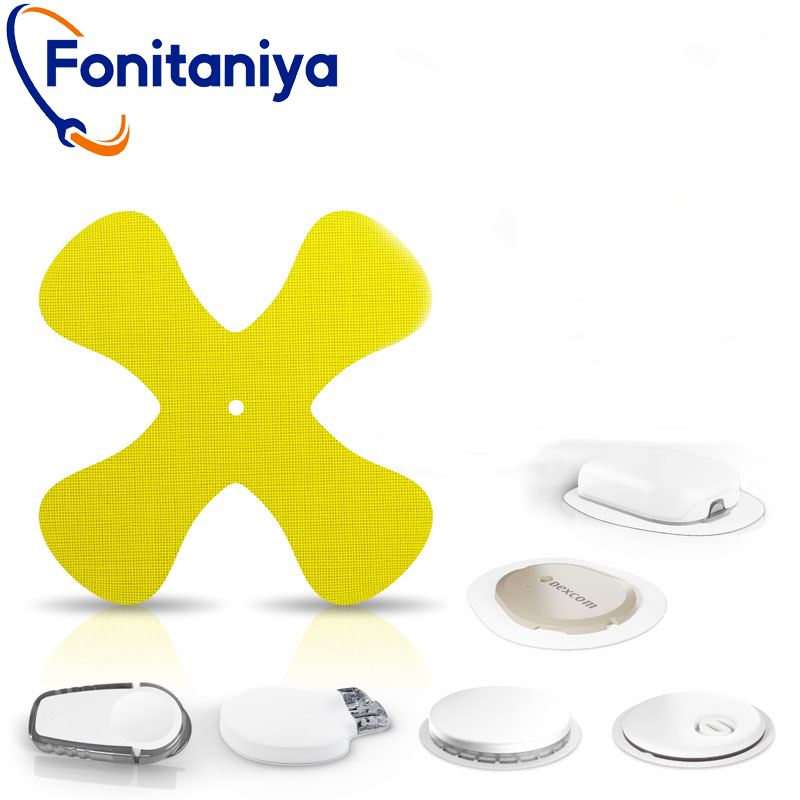
For your information, we have the best long-lasting Glucose Sensor Covers on shelf for procurements.
Maintaining and Replacing Your Glucose Sensor Patch
How Often Should You Replace Your Glucose Sensor Patch?
Glucose sensor patches typically need to be replaced every 7 to 14 days, depending on the model. For example, the Dexcom G6 requires replacement every 10 days, while the Freestyle Libre sensors can last up to 14 days. It’s important to adhere to these guidelines to prevent skin irritation and ensure the accuracy of glucose readings.
Regular replacement also helps maintain the integrity of the sensor’s adhesive and prevents buildup of sweat, oils, and other contaminants that could interfere with sensor performance. Always inspect the sensor site during changes for any signs of irritation or infection.
How Do You Safely Remove an Old Patch?
To safely remove a glucose sensor patch, gently peel it away from the skin, preferably in the direction of hair growth to minimize discomfort. If the adhesive is strong, using an adhesive remover specifically designed for medical adhesives can help ease the removal process without damaging the skin.
After removal, clean the area with mild soap and water and inspect it for any signs of redness, swelling, or infection. Applying a light moisturizer can help soothe the skin if there’s any irritation.
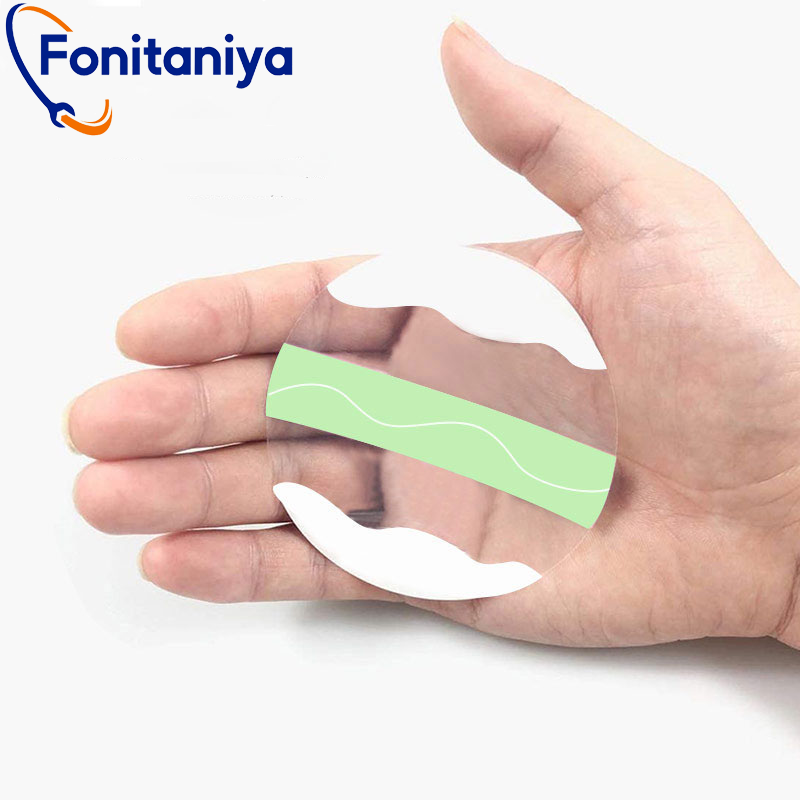
The Impact of Proper Application on Diabetes Management
How Does Correct Application Affect Data Accuracy and Reliability?
Proper application of a glucose sensor patch is critical for obtaining reliable and accurate glucose data. Misapplication can lead to gaps between the sensor and the skin, affecting the sensor’s ability to monitor glucose levels accurately. Ensuring that the sensor is fully adhered and in constant contact with the skin is imperative for precise readings.
What Are the Long-term Benefits of Using Glucose Sensor Patches for Diabetes Control?
Long-term benefits of consistent use of glucose sensor patches include improved glycemic control, reduced episodes of hyper- and hypoglycemia, and better overall management of diabetes. Continuous data provided by CGM systems allows for more precise adjustments in diet, exercise, and medication. Studies have shown that regular use of CGM systems can improve HbA1c levels, which is a significant marker of long-term glucose control.

To read about further benefit of CGM’s benefits and market trends, please click in the link to find out in our other article.
Conclusion
Correct application of glucose sensor patches is not just a procedural necessity; it’s a critical component of effective diabetes management. Ensuring that each application is done properly enhances the functionality of the CGM system, leading to more accurate glucose tracking and better health outcomes.
We are Fonitaniya
At Fonitaniya, we are dedicated to advancing diabetes care through innovative solutions like our glucose sensor covers. Our commitment to quality and patient education ensures that every product not only meets the high standards of efficacy but also supports the comprehensive management of diabetes, helping individuals lead healthier and more active lives.

FAQs
Can CGM patches be worn while swimming?
Yes, most CGM patches are waterproof, allowing for swimming, bathing, and other water activities.
How long does a CGM patch last?
CGM patches typically need replacing every 7 to 14 days, depending on the model and manufacturer’s recommendations.
Do CGM patches work with all glucose monitors?
CGM patches are designed to be compatible with specific models and brands, so check compatibility with your device before purchase.
How do you know when to change a CGM patch?
Change your CGM patch as per the schedule recommended by the manufacturer or if you notice decreased adhesive strength or accuracy.
Is it safe for pregnant women to use CGM patches?
Yes, CGM patches are safe for pregnant women and can help manage gestational diabetes effectively. Always consult your healthcare provider first.




